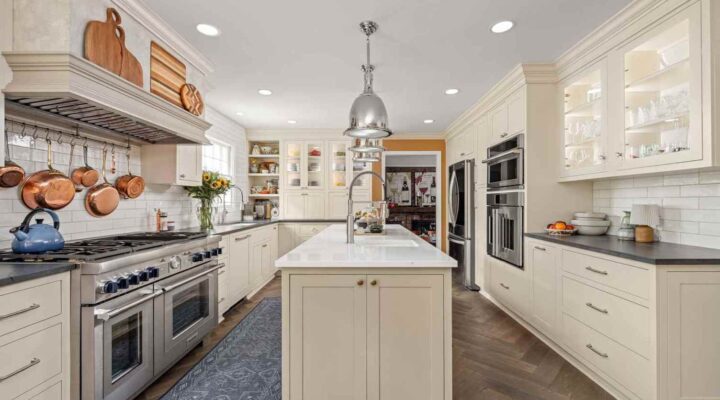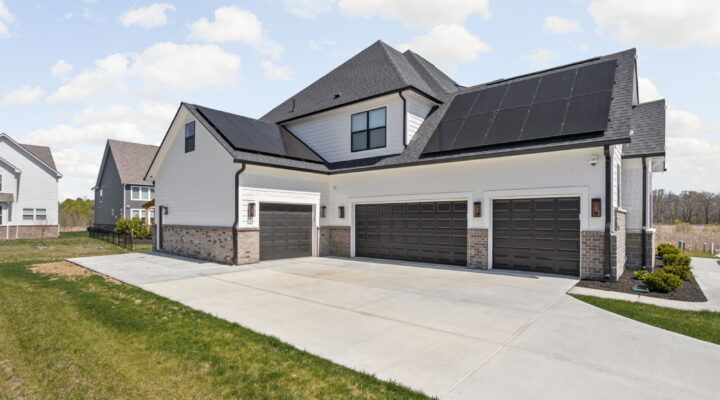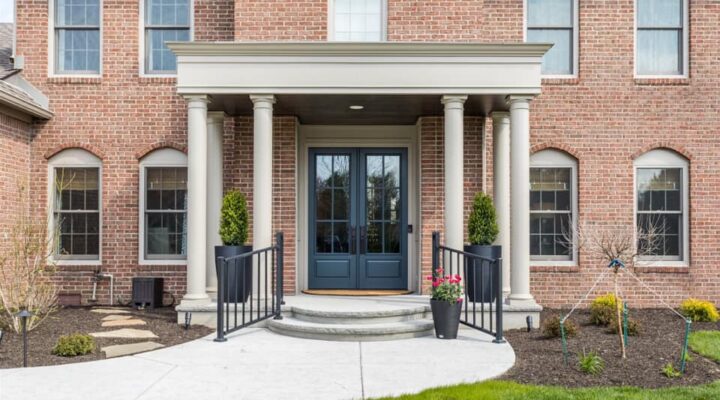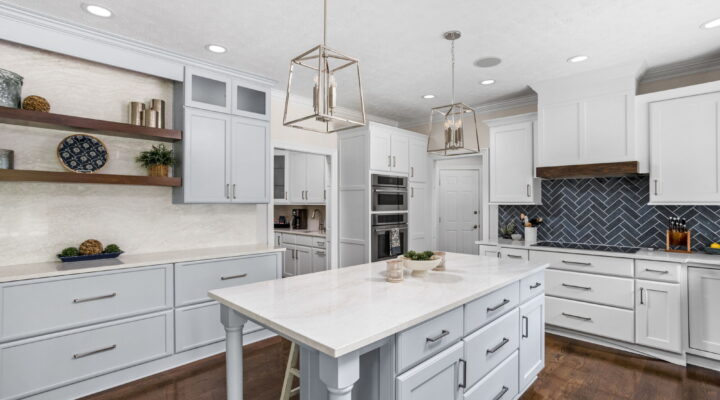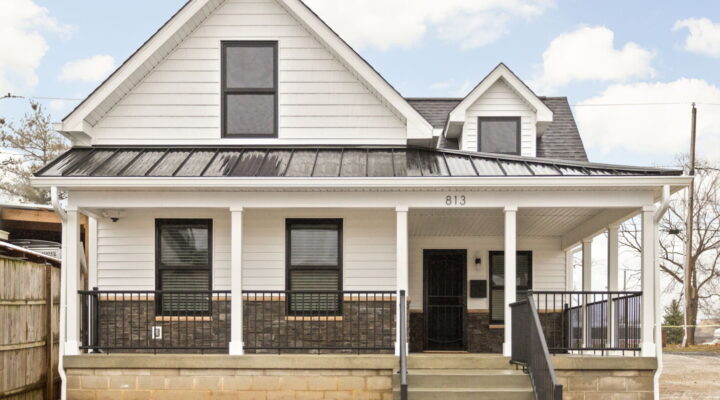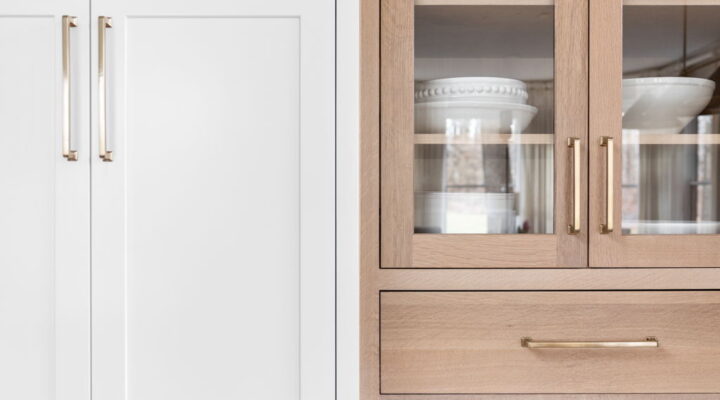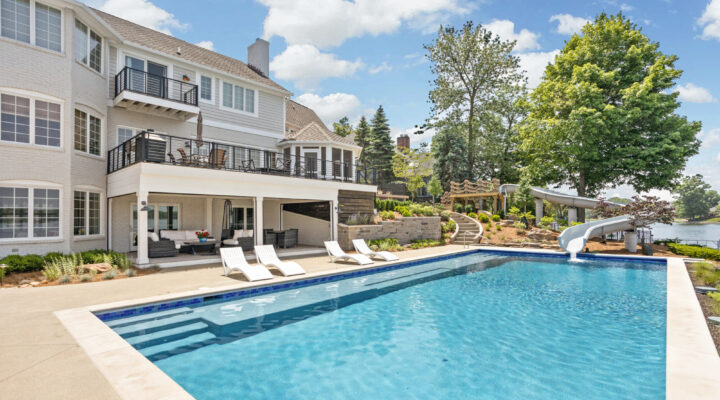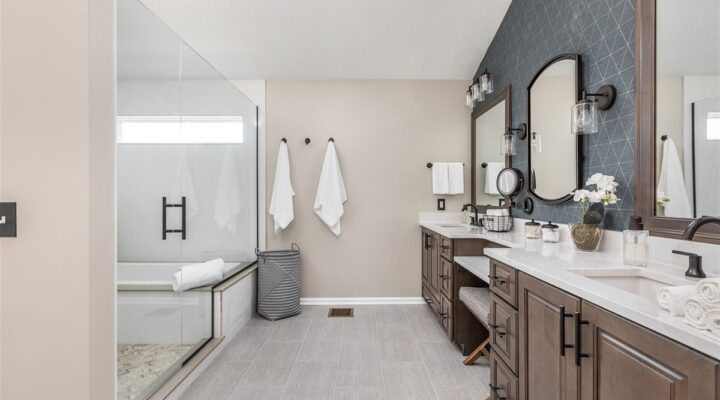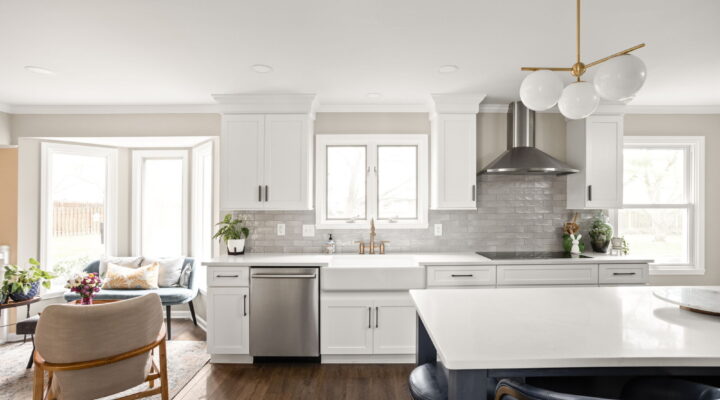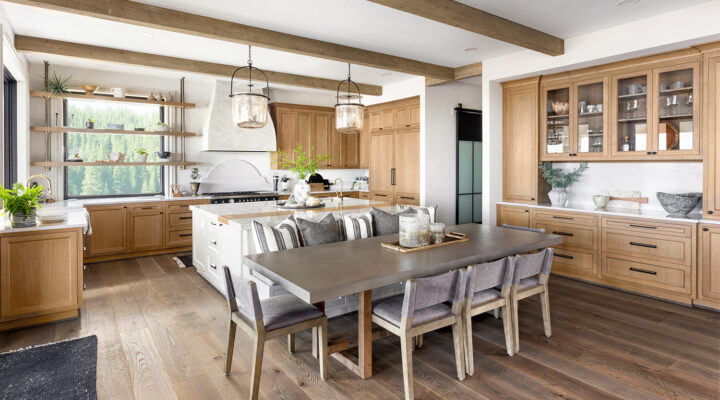Flooring is a major consideration when we design home remodeling projects. It moves beyond how the homeowner plans to use the space and the look they are trying to achieve. Intangibles play into this decision as well, like personal preference and comfort. Below we weigh the pros and cons of the most popular floor covering in home remodeling.
Ceramic/Porcelain Tile:
Tile is a popular floor covering in master bathrooms, and is still used in some kitchen remodels as well. Ceramic or porcelain tile is durable and water and stain resistant. It comes in a lot of shapes, colors and textures, and is a less-expensive option than natural stone flooring. In the bathroom, we suggest installing heated tile floors for a truly luxurious experience.
Lower-quality ceramic tile can easily crack if a heavy item is dropped on it. Also, to help lessen the chance of cracking, the subflooring must be perfectly leveled before installation. Glossy tiles can be slippery so care must be taken in areas such as bathrooms and entryways.
Stone:
Natural stone, like marble and slate, add a high-end look to a room. As a natural product, homeowners are more limited in their color choices, though many new shapes and finishes are becoming available. These tiles tend to be more durable than ceramic or porcelain tile, though they can be more difficult to maintain. Materials like marble and limestone are soft and porous, so are vulnerable to staining and water damage. It is important to seal natural stone to maintain its good looks. The higher cost and the difficulty to repair need to be considered when opting for this flooring material.
Hardwoods:
100% hardwood flooring milled from lumber offers a warm look to a room, and is easier on the feet and legs than tile. Beyond wearing well, natural hardwood flooring is long-lasting and can be refinished many times. Each variety of wood comes with its own characteristics, from the natural color and abundance of knots, to varying degrees of hardness. Homeowners can change the colors of the floors with stains, or it can be left natural with a urethane finish. The large variety of widths, as well as textures like hand-scraped or distressed, allow homeowners to be quite creative with their designs.
Natural hardwood floors do have their drawbacks however. They are vulnerable to moisture, and softer varieties can dent and scratch easily. As wood shrinks and expands with heat and humidity, hardwood floors can end up with gaps and warping. To keep the floors in good shape, make sure to use a high-quality urethane finish.
Another consideration with hardwood flooring is pre-finished vs site-finished. Pre-finished means the hardwood is finished at the factory, so there is less installation mess, fewer fumes and no waiting to dry. The urethane finishes applied at factory tend to be more durable, and they can also be more consistent than on-site finished flooring, where the stain and urethane finishes are applied in your home.
Engineered Wood:
Engineered wood is built up from 3 to 10 layers of wood called plies that are glued together. It shrinks and expands less than natural hardwoods, offering better continuity and stability. Installation is quick, and some varieties can be used in areas not conducive to natural wood flooring, like basements. Engineered wood comes pre-finished, so stains and protective finishes can be more consistent.
It is important to note that engineered wood floors can usually be refinished only twice. Also, quality is particularly important, as lower-end brands may have hollow spots in their core which weakens the surface, and the ends may split.
Bamboo:
Bamboo flooring is a growing trend in interior design. A fast-growing plant, bamboo is viewed as a sustainable product, and is very durable. This variety of flooring tends to lend a more contemporary look to a space over traditional hardwoods. Bamboo flooring can be difficult to repair, and lesser quality brands can degrade more quickly than higher-end varieties.
Laminate/Vinyl:
Affordable, durable, and easy to maintain, vinyl flooring consists of four layers: a clear top layer; a photographic image layer which provides the design of the flooring; an inner core of plastic resin for stability and rigidness, and a moisture-barrier backing. Vinyl resists staining and is easier to install on your own than other floor coverings. It comes in a wide variety of colors and designs, and can be made to look like natural materials. In our Greater Indianapolis area remodeling projects, we sometimes see vinyl used in lower level bathrooms or laundry rooms, where high-moisture conditions require materials made for these areas. Vinyl does have its downsides, however. It can scratch or rip, it cannot be refinished, and lower-quality brands can peel.
Linoleum:
Not seen in many home remodels these days, linoleum is made of natural materials and is more durable than vinyl. The color extends through whole product, rather than in one layer, and can be hand-cut for intricate patterns. It is important to reseal linoleum annually, and it should not be left wet. Who knows, with what is old becoming new again, maybe we will see a resurgence of our grandmother’s linoleum!
Cork:
Cook is used in many spaces, from kitchens and laundry rooms, to bedrooms and family rooms. It tends to be used in more contemporary designs, lending a soft, warm look. Cork is a natural material that is highly absorbent. Therefore, it must be sealed with either a urethane or wax finish. Once sealed, cork resists mildew, is stain and water resistant and is easy to clean. Urethane finishes used with cork tend to last for up to 7 years before needing to be redone. Wax finishes must be reapplied every 6-12 months, depending upon the level of traffic.
Carpet:
Though the glory days of carpet in the bathroom are over, it is still often used in areas where its soft, quiet and warm characteristics are appreciated. Carpet is the easiest and most cost-effective floor covering to replace and upgrade. Available in a wide variety of colors, patterns and textures, carpet can be a major player in room décor. Stain resistant fibers make it easy to maintain too. People with allergies tend to shy away from carpet as it holds dust more readily than other flooring options. Also, lower-quality carpet tends to wear more quickly than higher-end varieties.
Additional Sources: Wood Floor Covering Association (wfca.com) and Armstrong.com
